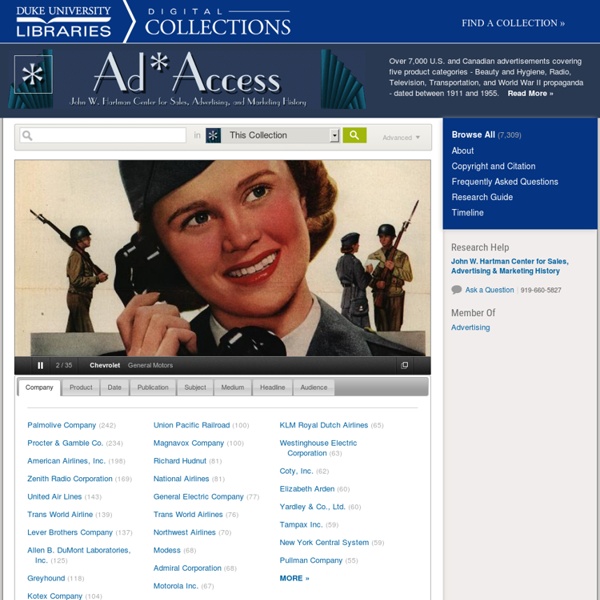



vintage everyday Free genealogy family history photo search by surname - Dead Fred .com How magazine Hatch discusses this year's egg coloring kit and egg coloring contest. I'm excited to keep a new site on my radar: Curiator. Much like the name implies, this recently launched online platform allows users to collect and share art online. Picking the perfect typeface for your creation can be hard work — there are thousands of fonts out there, each with their own unique look and feel to choose from. Expand your search beyond those readily available online and you’ll find typographers handcrafting unique fonts for each job – some even willing to make... Welcome to my second post here on the HOW blog. Get some inspiration with Snøhetta's work for the City of Oslo's 2022 Olympic Applicant City bid. In business turning a profit is the main objective. Get inspired with Brooklyn Gin's brand identity and package design created by Spring Design Partners. Monotype's Bill Davis talks five Japanese typefaces, and why more non-latin fonts are coming available to designers for multilingual project needs.
The World’s Greatest LP Album Covers, 45′s too Voices Of East Anglia Retrospace The 1966 Swildens Desk | Voices of East Anglia Fancy a new desk and chair at work? Thought so, well, you can either check out our recent IKEA post for something at the, shall we say, less-expensive end of the market or alternatively if you’re feeling a bit flush you could do a lot worse than look at the rather snazzy Swildens desk we have below although it might set you back a bob or two as there’s only handful have ever been made. The original design was commissioned in 1966 for Peugeot’s premier Parisian showroom and HQ situated on Avenue de la Grande Armee where the three original desks resided until the early 1980s when they popped up in assorted auctions and design fairs in France and the USA. In early 2013 design duo Elsa and Gregory Maitre working under the name of Furdess came across a collector of fine furniture who told them of the one elusive piece he once saw but could never get his hands on thereafter. A stunningly beautiful stainless steel desk and chair combination. Related Posts
Neat Stuff Blog Retrophile Daily The Swinging Sixties Jim Morrison photographed by Gloria Stevens, 1967. The Beatles: George Harrison reading some fan mail. Jane Fonda at Paris Café de Flore, 1961 The Swinging Sixties